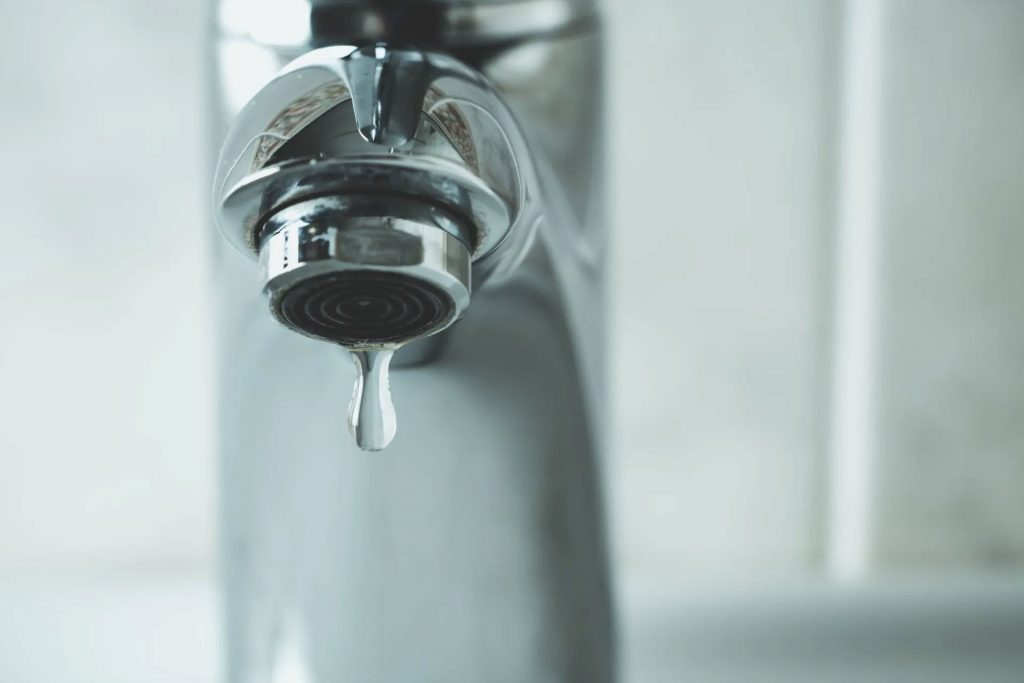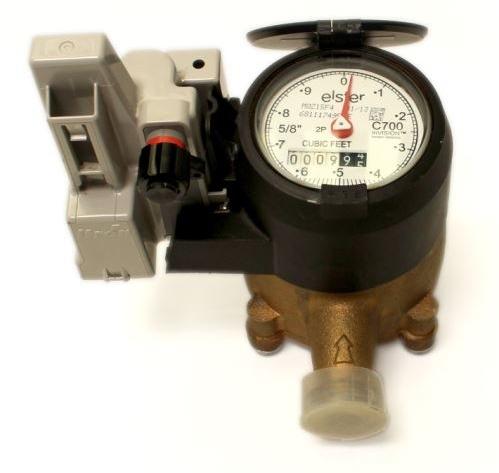Top Strategies for Resolving Low Water Pressure in Your Home
Top Strategies for Resolving Low Water Pressure in Your Home
Blog Article
The publisher is making a few great annotation related to 10 Reasons for Low Water Pressure in Your House as a whole in this great article directly below.

Low water stress in your house can be a discouraging issue, influencing everything from showering to washing recipes. If you're experiencing weak water circulation, there are numerous feasible reasons and options to check out. In this guide, we'll review common factors for low tide pressure and useful actions to address the issue properly.
Intro to Low Water Pressure
Low water pressure occurs when the flow of water from your faucets, showers, and other components is weak than typical. This can make day-to-day tasks extra difficult and much less effective. Recognizing the reasons for low water pressure is important to finding the right option.
Usual Reasons For Low Tide Stress
Faulty Stress Regulators
Stress regulatory authorities are accountable for maintaining regular water pressure in your house. If they malfunction, it can cause low tide pressure or irregular flow throughout the house.
Municipal Water Supply Issues
Occasionally, the trouble exists outside your home. Community supply of water problems, such as main line leaks or upkeep work, can temporarily decrease water stress in your location.
Pipeline Obstructions
Gradually, pipelines can come to be obstructed with natural resource, sediment, or debris, restricting the circulation of water. This is a common problem in older homes with galvanized steel pipes.
Corrosion
Corrosion within pipelines can lead to leaks and minimized water pressure. Rust build-up can restrict water flow, particularly in aging plumbing systems.
How to Identify Low Tide Pressure
Checking Pipelines
Evaluate noticeable pipes for indicators of leaks, corrosion, or clogs. Pay attention to any type of unusual sounds, such as knocking or rattling pipes, which can indicate problems within the plumbing system.
Consulting with a Plumber
If you're not able to pinpoint the reason for low water pressure, consider employing a professional plumber to conduct a complete examination. They can recognize underlying problems and suggest appropriate solutions.
Examining Taps and Fixtures
Begin by testing the water stress at different taps and components throughout your home. If the issue is separated to specific areas, it might suggest local troubles.
Do It Yourself Solutions to Deal With Low Tide Pressure
Flushing Water Heater
Sediment build-up in the water heater can restrict circulation and decrease efficiency. Flushing the storage tank periodically assists eliminate debris and preserve ideal performance.
Checking Pressure Regulator
Make sure that the pressure regulator is operating properly. Readjusting or replacing the regulatory authority can help recover correct water pressure throughout your home.
Cleaning Aerators and Showerheads
Mineral deposits can collect in aerators and showerheads, reducing water circulation. Eliminate and clean these parts on a regular basis to boost water stress.
Cleaning Clogs in Piping
For minor clogs, try using a plumbing snake or chemical drainpipe cleaner to clear obstructions in pipes. Beware when making use of chemicals and follow security standards.
When to Call an Expert Plumber
If do it yourself initiatives stop working to settle the issue or if you believe considerable plumbing issues, it's finest to seek support from a certified plumber. They have the proficiency and devices to address intricate concerns securely and successfully.
Safety Nets to Keep Water Pressure
Installing a Pressure Booster
Take into consideration installing a pressure booster pump to boost water stress in areas with consistently reduced flow. This can be especially helpful for multi-story homes or properties with high-demand components.
Monitoring Water Usage
Be mindful of water usage routines and prevent ill-using the plumbing system. Easy adjustments, such as astonishing showers and washing lots, can aid preserve sufficient water stress.
Regular Upkeep
Set up regular upkeep for your plumbing system to prevent problems such as deterioration, leakages, and clogs. Attending to minor troubles early can aid stay clear of even more significant repair services in the future.
Conclusion
Handling low water stress can be irritating, however determining the underlying causes and carrying out suitable remedies can recover optimal circulation throughout your home. Whether it's cleaning aerators, examining pipes, or speaking with a plumber, taking positive steps can ensure a constant supply of water for your day-to-day requirements.
9 Solutions to Low Water Pressure
If you have ever struggled to rinse the shampoo out of your hair, washed your hands under a trickle of water, or been forced to wait for your washing machine to complete a cycle, then you have experienced the nuisance of low water pressure. Low water pressure can turn a simple task into a hassle, but once you identify the cause, either the necessary plumbing fix or a water booster pump can drastically improve your water pressure. In this article, you can learn about nine common causes of low water pressure and how to resolve low water pressure in your home.
How do you know if you have low water pressure?
Testing your home’s water with a pressure gauge is the easiest way to find out if you have low water pressure. Pressure gauges are simple and inexpensive, and once installed, will allow you to check your water pressure with a quick glance.
If your water is from a municipal water supply, select an outdoor faucet near where the main water line enters your home. If your water is from a well, select a faucet that is close to the well’s pressure tank. Attach the pressure gauge to the faucet and tighten it. To get an accurate reading, make sure water isn’t being used anywhere else inside or outside the house, and then fully turn the faucet on. Once the faucet is on, you can read the water pressure on the gauge’s dial. Typical home water pressure should be between 40 and 50 psi, so if the dial reads less than 40 psi, you have low water pressure.
Do water booster pumps increase water pressure?
A water booster pump is a centrifugal pump that improves low water pressure and increases water flow. Much like how a fan’s blades create a gust of air, a water booster pump’s rotating impeller draws water in and then pushes it out with increased force. This force raises the water pressure in a system. A water booster pump is installed where the main water line enters your home, so water pressure is improved in every tap and appliance.
What causes low water pressure?
1. Hard water
If you have hard water, scale can accumulate in your pipes, restrict the water flow, and reduce your water pressure. Hard water has a high mineral content, specifically calcium and magnesium, and scale is formed when these mineral salts dissolve.
The solution: When scale buildup is severe enough to restrict water flow and reduce water pressure, the best solution is to replace your pipes. Products like CLR Calcium, Lime, and Rust remover can diminish scale, but as the scale comes off it may clog your pipes, creating another costly plumbing problem. Not to mention, it is never a good idea to put harsh chemicals in the pipes that supply your drinking water. To prevent scale in the future, we recommend installing a water softener.
The main water shut off valve is not open.
If your water pressure has suddenly decreased and you recently had a repair done, make sure the main water shut off valve is fully open. Most plumbing repairs require the water to be shut off, but if the valve is not completely opened afterward, your water pressure will be restricted.
The solution: Locate your main shut off valve, which is installed where the main water line enters your home, and fully open it by turning it counterclockwise.
A municipal water problem
Low water pressure may not have to do with your own plumbing system. Just like your home’s water supply, the municipal water supply is subject to problems that can cause low water pressure, such as leaks and corrosion.
The solution: Call the municipal water supply to report your low water pressure. Your input may alert them to the problem and will ensure your water pressure is restored as quickly as possible.
Faulty pressure regulator
A pressure regulator is a valve that reduces incoming water pressure as water flows into your home from the main service line. High water pressure can damage pipes and plumbing fixtures, so a pressure regulator is installed to protect your home plumbing system. Most are set to 50 pounds per square inch (psi), but if yours is set lower, your water pressure will feel low. If your pressure regulator is set to 50 psi but your pressure still feels low, it may be broken or clogged.
The solution: Adjust your pressure regulator’s setting to 50 psi if it is currently set lower. If your pressure regulator is faulty, ask a plumber to replace it.
A leak
A leak can reduce water flow and water pressure. To determine if you have a leak, turn all the faucets off inside and outside of your home. About an hour later, check your water meter. If it indicates you are using water, you have a leak.
The solution: Enlist the help of a licensed plumber to locate and repair the leak. Once the repairs are complete, your water pressure should return to normal.
https://www.freshwatersystems.com/blogs/blog/what-causes-low-water-pressure-and-how-to-improve-it

As a keen person who reads on 9 Reasons for Low Water Pressure in Your House, I imagined sharing that article post was really helpful. Are you aware of anybody else who is inquisitive about the niche? Please feel free to share it. Thank you so much for your time invested reading it.
Book Report this page